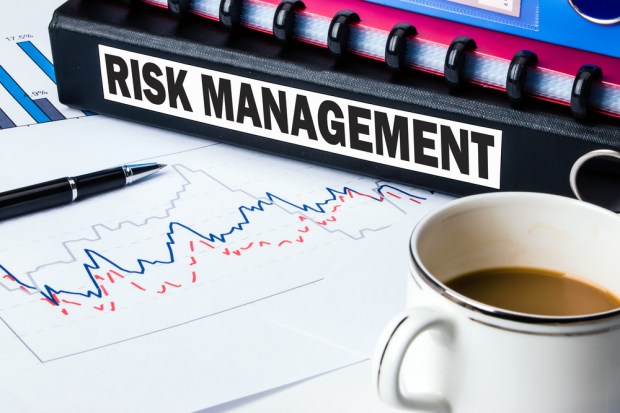Taking Risk Management To The Market(places)

Crowdfunding and other popular platforms bring a new level of risk to micro-payments. WePay’s John Canfield, Vice President of Risk Management, tells PYMNTS’ Karen Webster about how the fight against fraud extends to the micro level, with an arsenal that includes social media.
Crowdfunding and other payments-enabled platforms have leveled the playing field for how projects get backing and people get paid for any number of endeavors, from making movies to moving out of state. But with micropayments (sometimes numbering in the thousands of payments per campaign) comes the potential for some bad apples to upset the apple cart by committing fraud. With financial activity writ fine and on a very small stage, how can payments processors and other stakeholders wage combat successfully?
In an interview with PYMNTS’ Karen Webster, John Canfield, WePay’s VP of Risk, told us what he thinks about the current state of risk, payments and platforms. “I think of risk as an enabler. If you think about what platforms are doing, they are providing services to small businesses, micro-businesses and individuals, and allowing them to connect with buyers or donors like never before possible.”
“If you think about payments in that context,” he continued, “you want to have a very easy way for these micro-businesses and individuals to connect to the platform during the onboarding processes and ongoing in order to transact smoothly.”
The advantages for smaller firms connecting to those platforms is that they gain tools and visibility in the marketplaces that they might not have otherwise had.
But risk is always present in payments, the executive noted, and many of these smaller players may not have processed credit cards in the past. The risks may be deemed too high by traditional processors, or the fees may be too high for these smaller businesses to take on online payments.
With fundraising and crowdfunding, there are some nuances. Crowdfunding, said Canfield, “is not really a business, it’s an individual; and it’s not really a purchase of a good or service, it’s a donation being made.”
But from a payments and risk perspective, the key concerns are still there, in that the donor must be de-risked and onboarded onto a payments system, while meeting compliance and networking rules — all while providing a seamless experience for the good end user.
Risk and compliance efforts extend beyond payments to help ensure that proper information is collected before any money is dispersed to fundraisers. Efforts also extend to pattern analysis and whether activity gels with what one would expect to see in crowdfunding efforts.
Canfield noted that “so much information [on these campaigns] is out on the Internet … You have information about what’s in the campaign, what is the campaign providing and what are the shares on social media.”
Would-be fraudsters would try to keep their activity under wraps, and conversely, a good campaign organizer would embrace social media, attracting lots of donors with their own Facebook page and other traceable activity.
The key to smooth and secure operations is the collection of relevant data, said Canfield. WePay offerings include what Canfield referred to as the “Risk API” to help partners provide a wide range of data to allow WePay to understand risk of end users. Context is as important as technology in providing risk management, said Canfield. Something which is normal on one platform might be totally abnormal in the context of another.
Every platform is different, he said, as “a crowdfunding platform is different from an eCommerce marketplace, which is different from an invoicing and accounting business.”
Thus, flexibility in rule making, data collection and speed of iteration and segmentation in regards to models and rules is critical.
Delving into the common denominators of risk management, Webster and Canfield discussed the fact that part of risk management is specific to certain businesses types. But part of risk management, Canfield continued, “is universal.” That universality extends to monitoring devices and technical data that can be useful in almost all contexts.
And against that backdrop, he noted, in the past, companies needed to make a decision often resulting in a trade-off between generic risk protection and more targeted risk protection, while WePay tries to address both worlds.
“To the extent that you can create and provide more sophisticated risk management,” he surmised, “that’s when you are able to provide a [payments] experience that is effortless.”
To download the February edition of the PYMNTS Payments Powering Platforms Tracker™, click the button below.
About the Tracker
The Payments Powering Platforms Tracker™, powered by WePay, serves as a monthly framework for the space, providing coverage of the most recent news and trends, along with a provider directory highlighting the key players contributing across the segments that comprise the payments-integrated platform ecosystem.
